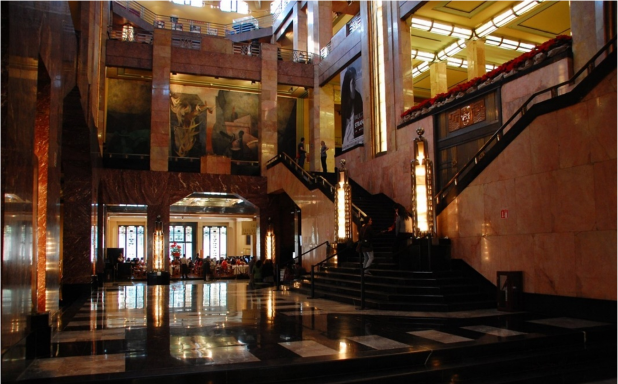
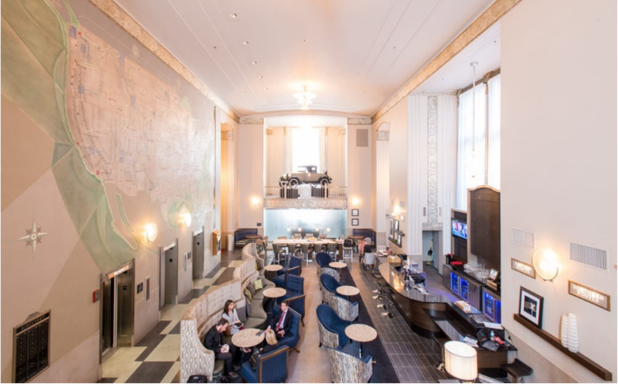
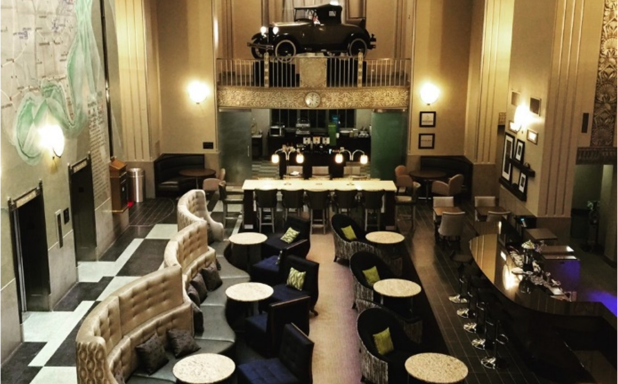
Art Deco
Black and white was also a very popular color scheme during the 1920s and 1930s. Black and white checkerboard tiles, floors and wallpapers were very trendy at the time.
Art Deco Furnishings and lighting fixtures had a glossy, luxurious appearance with the use of inlaid wood and reflective finishes. The furniture pieces often had curved edges, geometric shapes and clean lines. Art Deco lighting fixtures tended to make use of stacked geometric patterns.
Contemporary style
The main features of public spaces:
• asymmetry
• strong geometry
• extensive use of natural light
• open L, T, H or U-shaped indoor space moves to the outdoor space
• flexible furniture layout adapted to the needs
• large windows, often asymmetrical
• one or two themes
• local or recycled building materials
• sustainable, eco-friendly materials such as bamboo flooring and granite
Request
• asymmetry
• strong geometry
• extensive use of natural light
• open L, T, H or U-shaped indoor space moves to the outdoor space
• flexible furniture layout adapted to the needs
• large windows, often asymmetrical
• one or two themes
• local or recycled building materials
• sustainable, eco-friendly materials such as bamboo flooring and granite
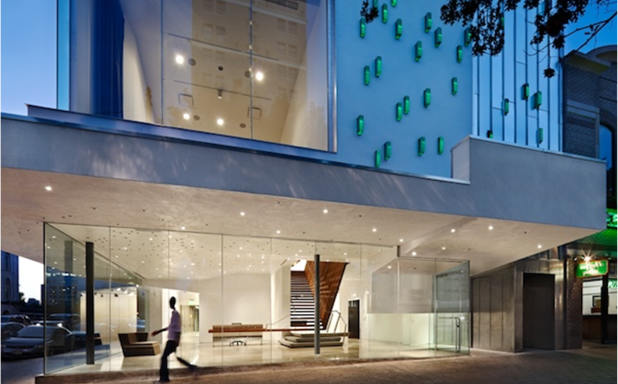
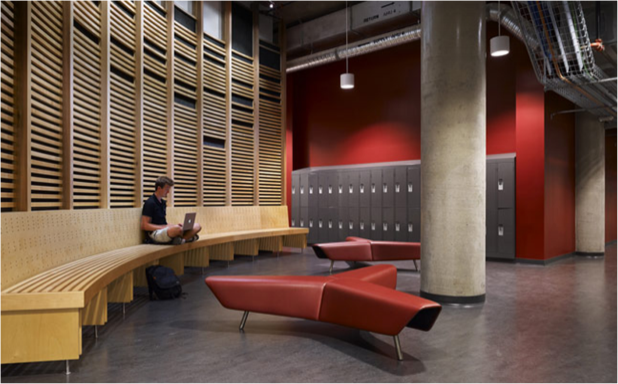
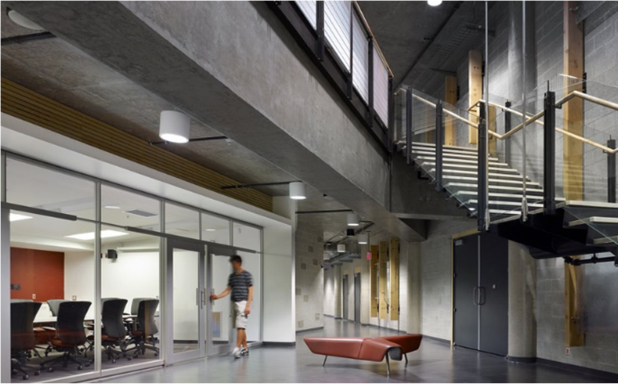
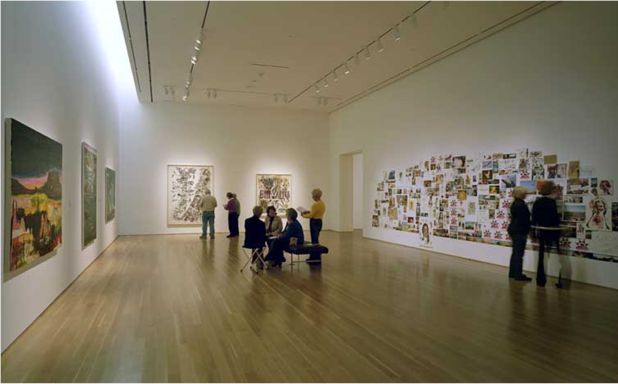
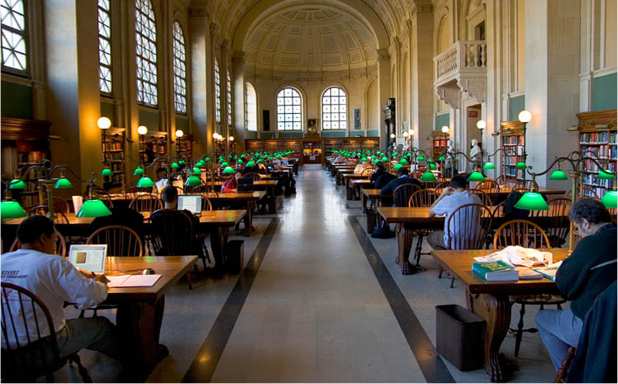
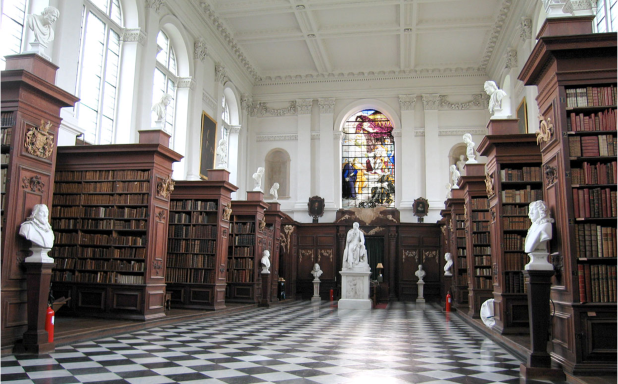
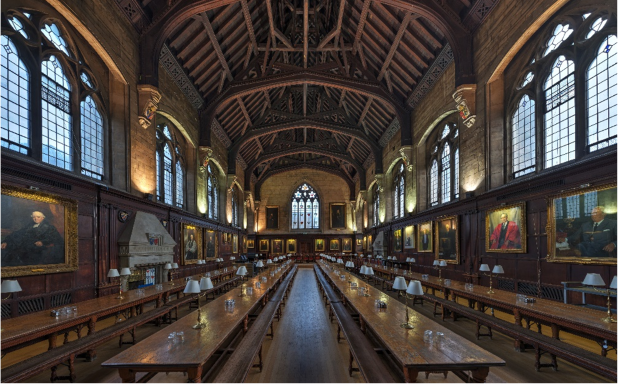
Classic
Classically designed rooms often contain large focal points. A large fireplace, grand table, or impressive staircase are good examples of focal points that are often used. Once a designer has chosen the focus of a room, all other items within the room are placed in order to enhance the look of the chosen focal point.
Modern
Modern design uses geometric shapes, including rigid squares and rectangles along with smooth, even curves. Perfect circles and ovals are also common in modern interior design. Modern interior design is also generally very simple and even minimal, with few ornamental flourishes to interrupt the even, unbroken lines and flat surfaces.
Modern interior design makes use of many materials. Wood and plastic are common. Some designers do use natural wood as an organic contrast to more artificial shapes and materials. Glossy metals, such as stainless steel, are among the signature materials in modern interior spaces. Modern interior designers also make use of glass and plastic for their smooth, even surfaces.
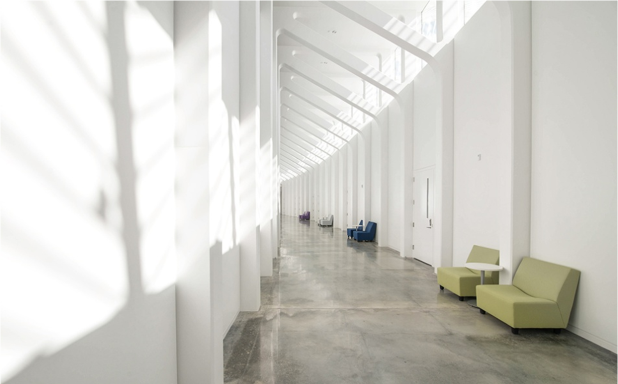
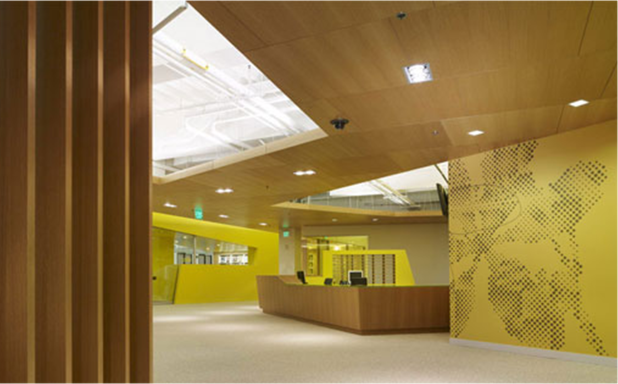
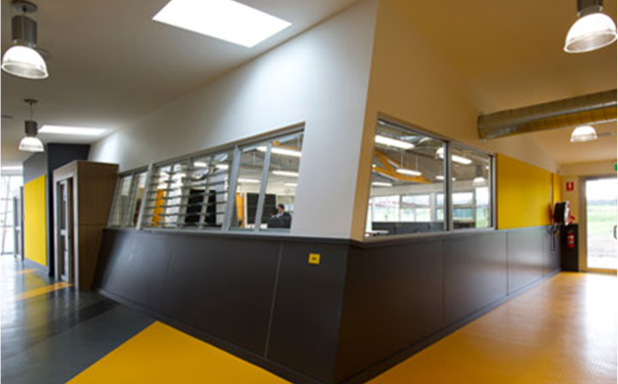
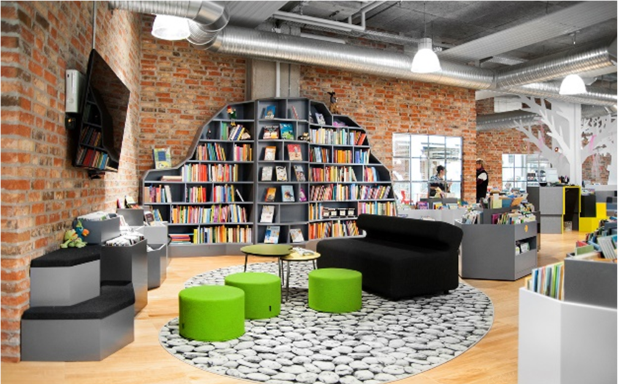
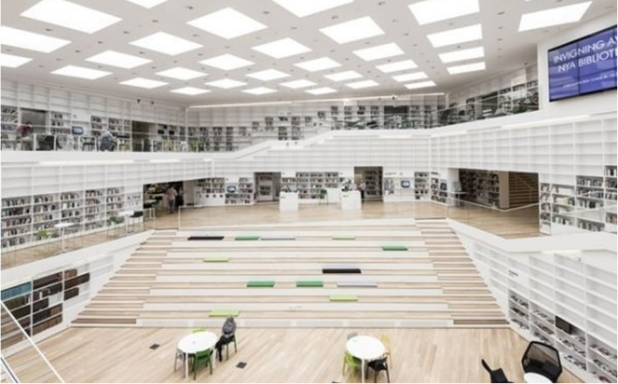
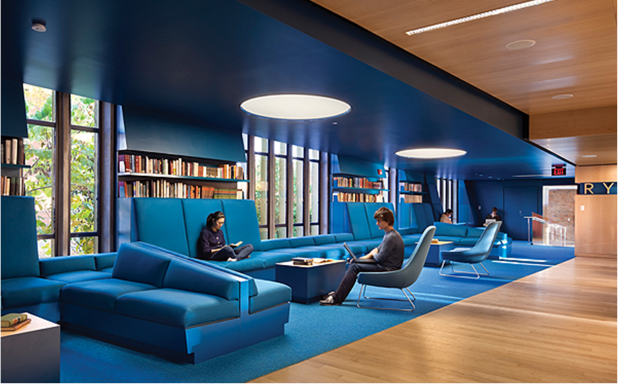
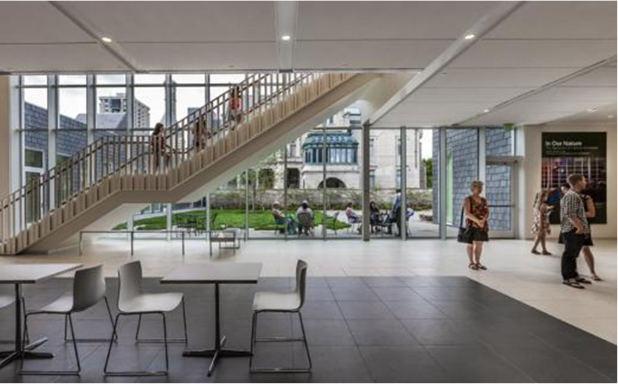
Scandinavian style
The idea that beautiful and functional everyday objects should not only be affordable to the wealthy, but to all, is a core theme in the development of Scandinavian style. The ideological background was the emergence of a particular Scandinavian form of social democracy, as well as the increased availability of new low-cost materials and methods for mass production. Scandinavian design often makes use of form-pressed wood, plastics, anodized or enameled aluminum or pressed steel.













